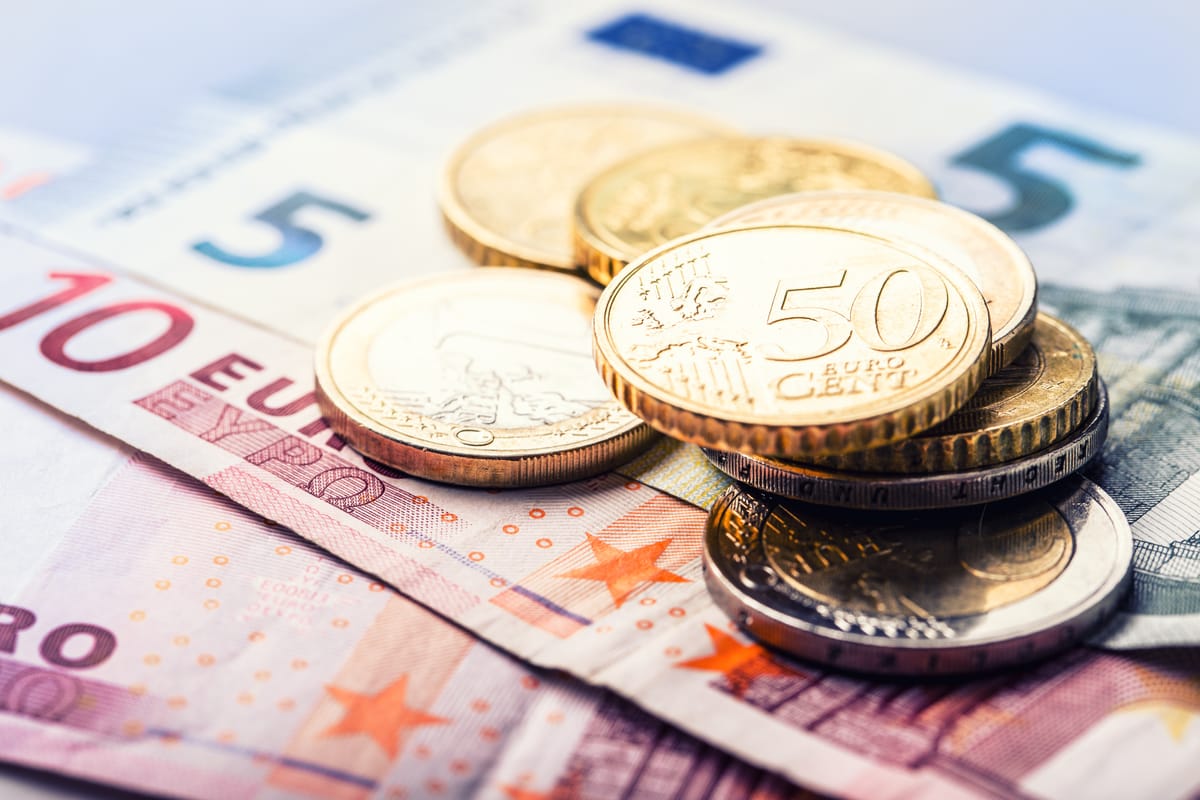GBP/EUR exchange rate week review: pound meanders through 1.18 range versus euro
The pound euro (GBP/EUR) exchange rate was subdued amid mixed PMIs, diverging rate cut expectations and further signs of German economic turmoil.

(02/09/2024 to 06/09/2024)
Monday
The pound euro (GBP/EUR) exchange rate traded sideways in the 1.18 mid-range following the release of mixed manufacturing PMIs for August.
The UK’s index confirmed that manufacturing remained in the expansion territory, signalling the continued strength of the sector, which kept the pound afloat.
A cautious market mood helped the safe-haven euro sidestep an underwhelming manufacturing PMI for the Eurozone, which remained firmly below the 50 threshold that separates contraction from expansion.
Tuesday
The pound remained muted versus the single currency amid a shortage of UK data, with reduced Bank of England (BoE) interest rate cut bets keeping it buoyant.
Cooling price pressures in Germany and the wider bloc continued to stoke European Central Bank (ECB) interest rate cut speculation, which dented the euro.
The speculation was further fuelled by comments from ECB official Isabel Schnabel who proclaimed that the bank will amend its monetary policy soon to reflect cooling inflation.
Wednesday
The pound euro rate ticked up slightly to around 1.188 following German services PMI data that undermined the single currency. Activity in the sector experienced a deeper drop than expectedin August, while the PMI for the wider Eurozone area also printed below projections.
The UK services PMI exceeded expectations, printing at a four-month high in August, but the pound’s upward potential was stifled by widespread risk aversion.
Contact a currency specialist to discover how they can help you take control of exchange rates.
Thursday
The pound wavered against the euro, hitting a fresh one-week low around 1.184 after German factory order figures and Eurozone retail data supported the euro.
The factory order index for the bloc’s largest economy exceeded market expectations, dropping from 4.6% to 2.9%, rather than the deeper -1.5% forecast.
Retail sales nudged up by a modest 0.1% in July, rebounding from a 0.4% decline the previous month. The marginal increase was in line with economists' forecasts, reflecting the Eurozone’s sluggish economic recovery.
Friday
The pound euro rate was flat following the publication of German industrial production data and the latest GDP reading from the Eurozone.
The euro struggled to catch bids after Germany’s industrial production index missed forecasts in July, sinking from 1.7% to -2.4%, well under a more modest -0.3% expectation.
The lacklustre German figures were compounded by news that GDP in both the eurozone and the EU grew less than expected in the second quarter, ticking up to 0.2% quarter-on-quarter, slightly lower than initial estimates of a 0.3% rise.
Underperforming US non-farm payrolls cushioned the euro’s fall amid its negative correlation with the dollar after the report showed a shallower uptick in job creation than expected.
The pound euro rate ended the week at 1.183 after global stock markets experienced aggressive selling, which served to undermine pound sentiment.
Looking ahead
The ILO unemployment rate for the UK hits the headlines on Tuesday. However, the biggest catalyst for pound euro movement could be the ECB’s interest rate announcement on Thursday.
The bloc’s central bank cut rates in June and is almost certain to ease again next week in a nod to slowing price growth – a widely expected move that could have a limited impact on the single currency if it’s already priced into the market.
